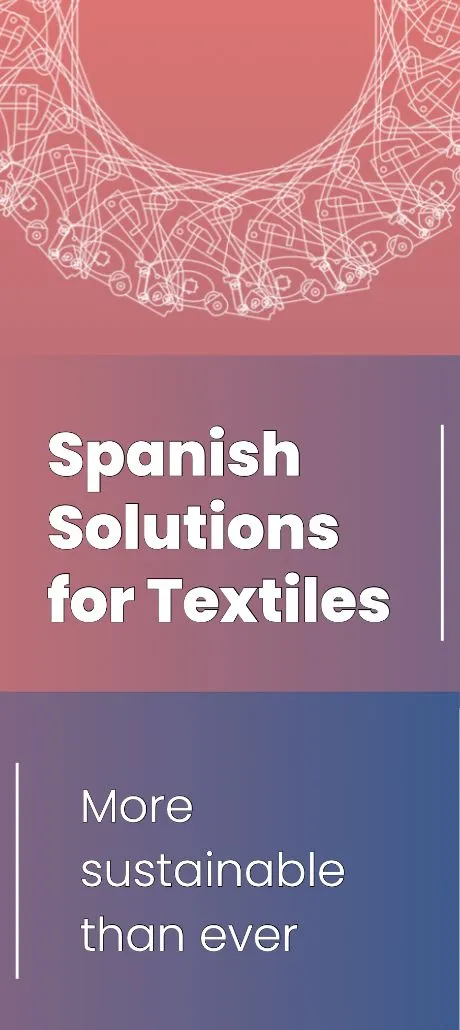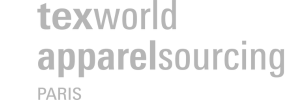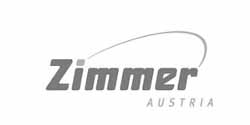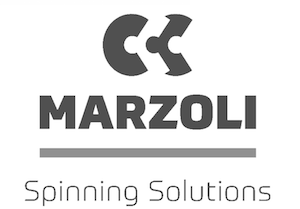The cotton yarn industry in the Middle East is poised for long-term, sustainable growth, with the market expected to reach 2.4 million tons in volume and $8.1 billion in value by 2035. According to the latest data published by IndexBox, the region’s cotton yarn market is projected to grow at a compound annual growth rate (CAGR) of +2.6% from 2024 to 2035, signaling a consistent upward trend despite recent short-term fluctuations.
Current Market Landscape
In 2024, cotton yarn consumption in the Middle East dipped to 1.8 million tons, marking a 5.3% decline compared to 2023. This drop follows a decade-long period of moderate but steady growth, with consumption increasing at an average annual rate of 3.8% between 2013 and 2024. The market value also saw a decrease, down by 9.3% year-over-year to $6.1 billion. Despite this, industry analysts expect a rebound, fueled by the region’s expanding textile manufacturing sector and growing domestic demand.
Turkey Leads Regional Consumption and Production
Turkey dominates the Middle East cotton yarn market by a wide margin, accounting for approximately 91% of total consumption and 94% of production in 2024. The country consumed 1.6 million tons of cotton yarn and produced nearly the same amount, cementing its status as the regional hub. Saudi Arabia and Syria followed distantly, with 56,000 and 50,000 tons of consumption, respectively.
In terms of per capita consumption, Turkey again leads with 19 kg per person, far above the regional and global averages. Saudi Arabia and Syria follow with 1.5 kg and 2.3 kg per person, respectively. Turkey’s strong position is supported by a robust manufacturing base, a skilled labor force, and a well-developed textile export infrastructure.
Imports and Exports: Shifts and Strategies
Imports of cotton yarn in the Middle East dropped by 4.9% in 2024 to 252,000 tons. Turkey accounted for 79% of these imports, followed by Iran, Israel, and the UAE. Despite the decline, the import market has shown a long-term upward trend with an average annual growth of 3.6% over the last decade. The primary imported product is cotton yarn containing 85% or more cotton by weight, which made up 96% of total imports.
On the export side, 2024 saw a strong rebound with a 31% year-over-year increase, totaling 210,000 tons. Turkey once again led the charge, contributing nearly all of the region’s exports. Export values rose to $711 million, driven by a surge in demand for high-quality cotton yarn in Europe and Asia.
Price Trends and Market Dynamics
The average import price in 2024 was $2,918 per ton, reflecting a 4.8% decrease from the previous year. Prices peaked in 2022 at over $4,100 per ton, but have since normalized. Israel had the highest import price among key markets, while Syria had the lowest. Export prices followed a similar trend, averaging $3,376 per ton in 2024.
Despite fluctuations, the market fundamentals remain strong. The demand for natural fibers in sustainable textiles, coupled with growing investment in regional textile hubs, continues to support the sector’s expansion.
Outlook Through 2035
The Middle East cotton yarn market is expected to see continued growth driven by regional production capacity, particularly in Turkey, and increasing investment in textile and garment manufacturing across Gulf Cooperation Council (GCC) countries. While short-term volatility in consumption and pricing may occur, the long-term outlook remains positive.
With global apparel brands seeking reliable sourcing partners and regional producers focusing on sustainability, quality, and innovation, the Middle East is well-positioned to enhance its footprint in the global cotton yarn trade.































